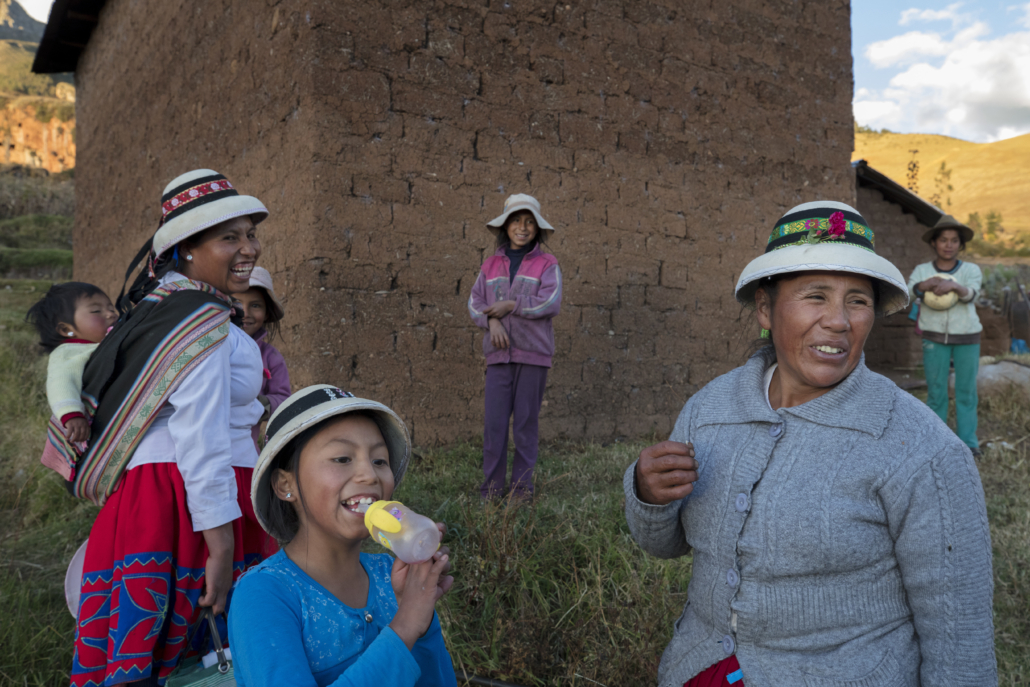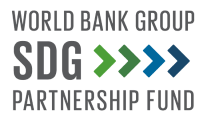Business Case: Mining
Mining

KEY FINDINGS
Improving Operations and Community Engagement
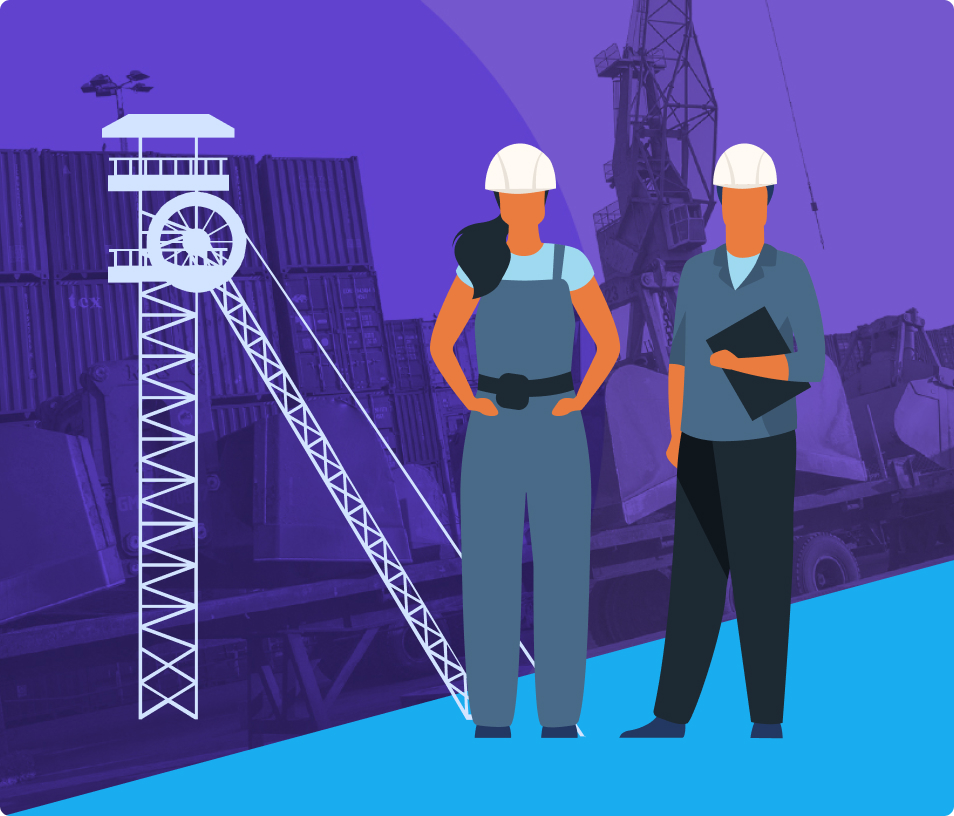
01
Increasing representation of women in the workforce is good for the bottom line
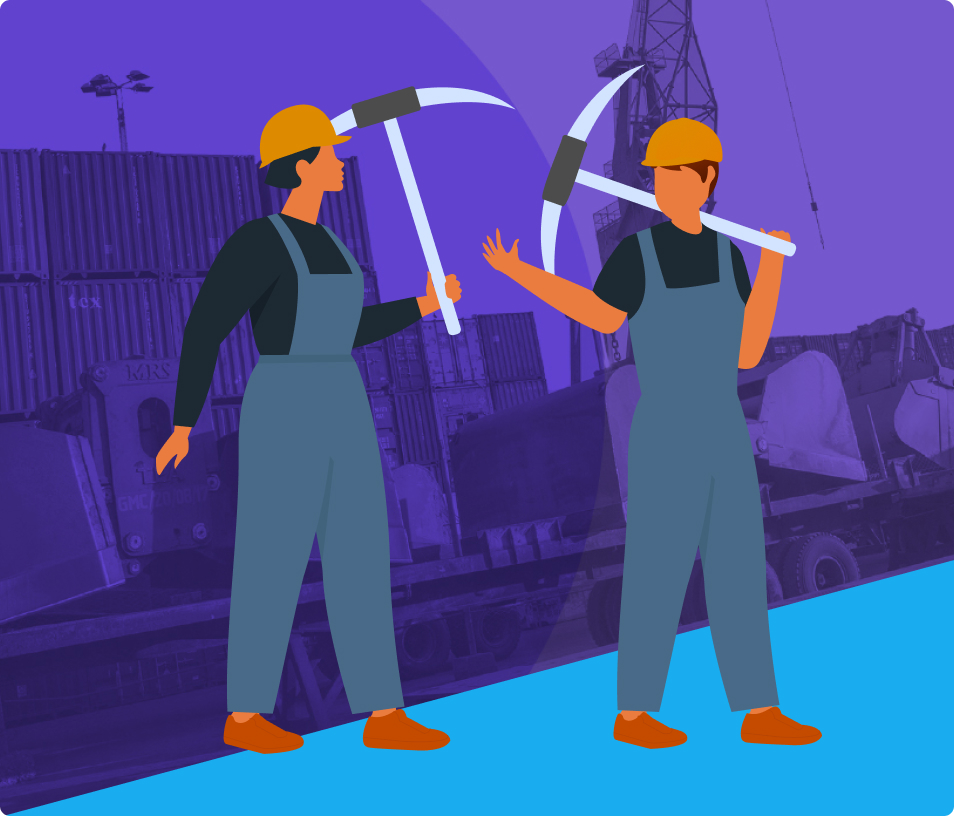
02
Increasing women in the mining supply chain strengthens supplier diversity, reduces costs, and supports local innovation and competition.

03
Including women in community engagement activities can help create support for mining projects.
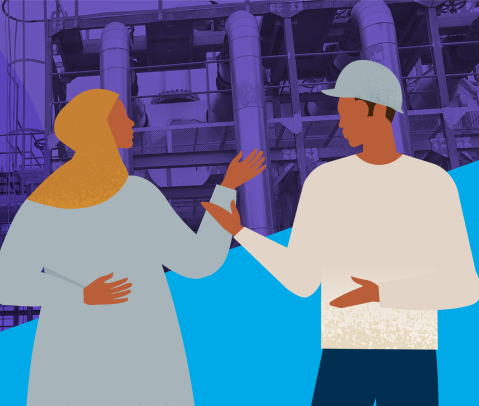
04
Addressing gender-based violence and harassment (GBVH) in the mining sector is essential to improving outcomes and maintaining community relationships.
Strategies to address gender gaps
 Improve recruitment, retention, and promotion of women throughout the workforce
Improve recruitment, retention, and promotion of women throughout the workforce
 Increase women’s voice and participation in assessing and implementing gender equity policies
Increase women’s voice and participation in assessing and implementing gender equity policies
 Increase representation of women in the mining supply chain
Increase representation of women in the mining supply chain
 Improve engagement with women in host communities
Improve engagement with women in host communities
 Reduce GBVH and improve support services
Reduce GBVH and improve support services
- Tool Suite 1: Increasing Gender Diversity and Inclusion From the Workforce to the Boardroom
- Tool Suite 2: Women-Owned Businesses and the Supply Chain, Tool Suite 3: Women and Community Engagement
- Tool Suite 3: Women and Community Engagement
- Tool Suite 4: Addressing Gender-Based Violence and Harassment in the Workforce.
 Improve recruitment, retention, and promotion of women throughout the workforce
Improve recruitment, retention, and promotion of women throughout the workforce
 Increase women’s voice and participation in assessing and implementing gender equity policies
Increase women’s voice and participation in assessing and implementing gender equity policies
 Increase representation of women in the mining supply chain
Increase representation of women in the mining supply chain
 Improve engagement with women in host communities
Improve engagement with women in host communities
 Reduce GBVH and improve support services
Reduce GBVH and improve support services
Fast Facts
Diversifying the sector will yield wide-ranging dividends.
8-17%
Source: McKinsey
15%
Source: Financial Times
13%
Source: McKinsey
133%
Source: Wharton Magazine
31%
Source: Extractive Industries and Society
175
Source: Frances Mao
Nearly 50%
Source: Elizabeth Broderick & Co


